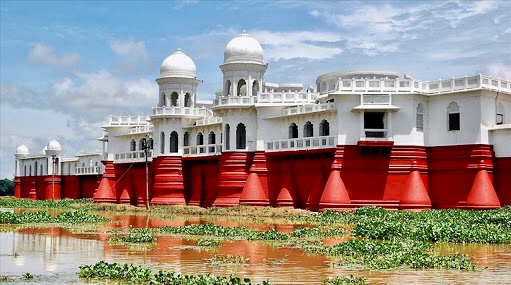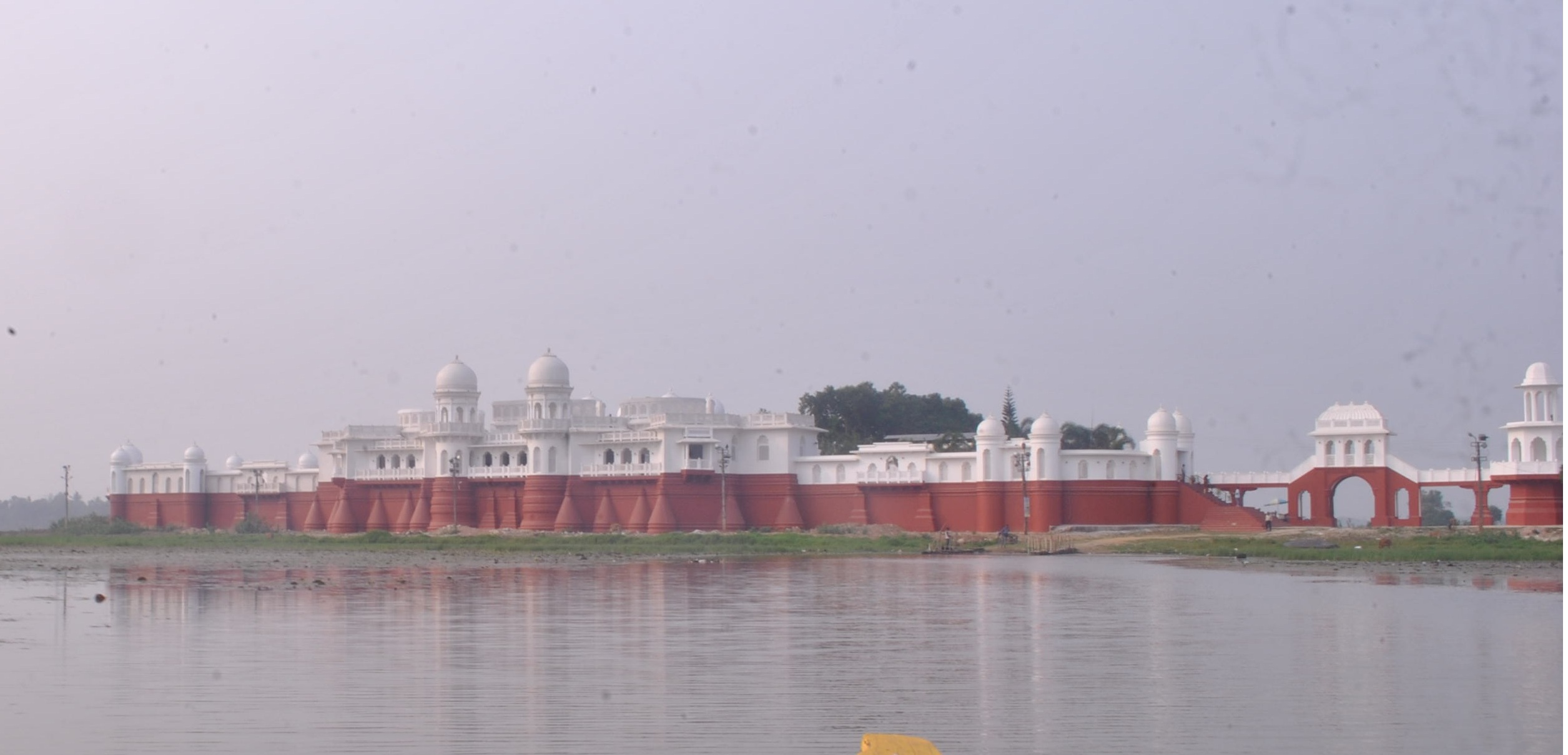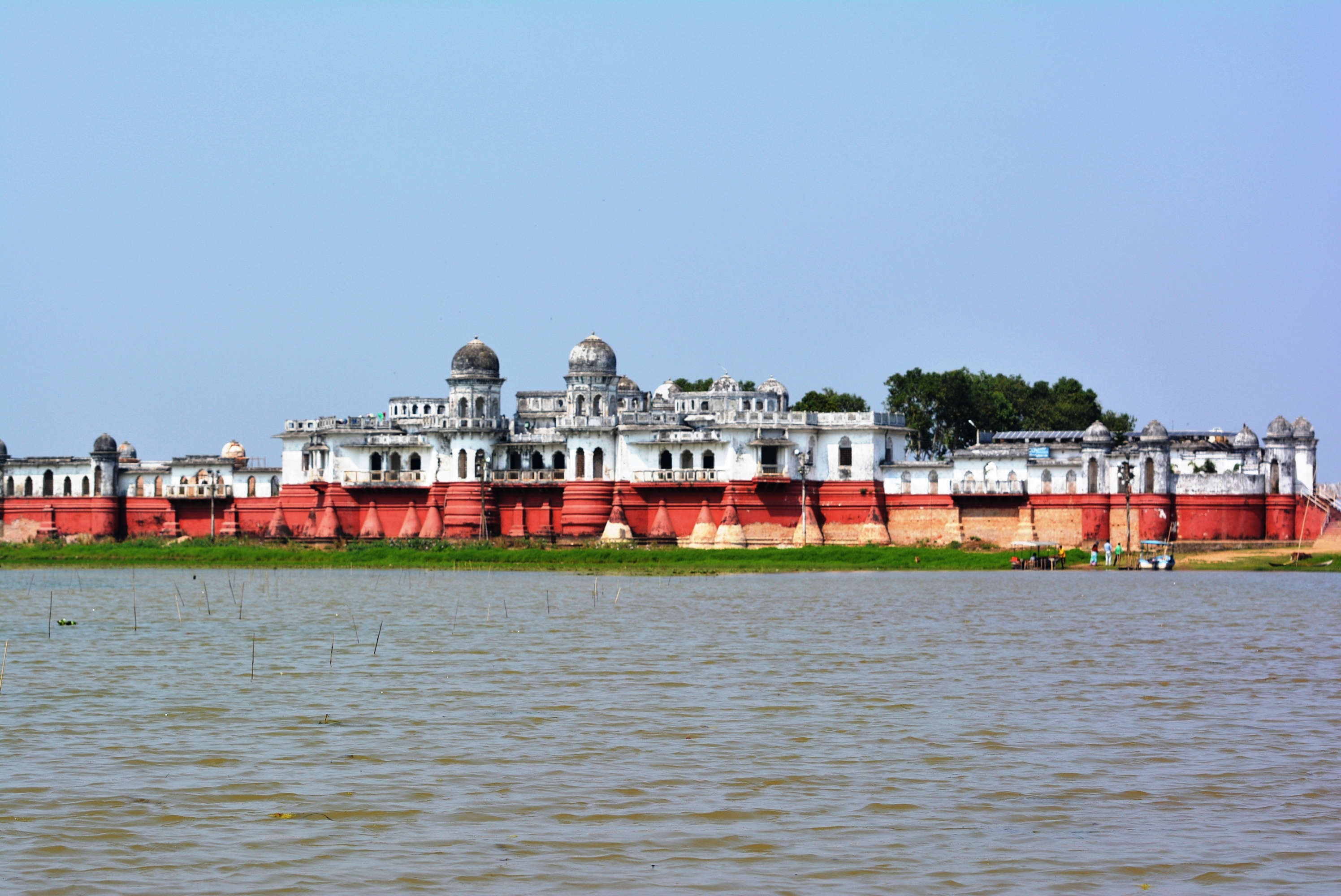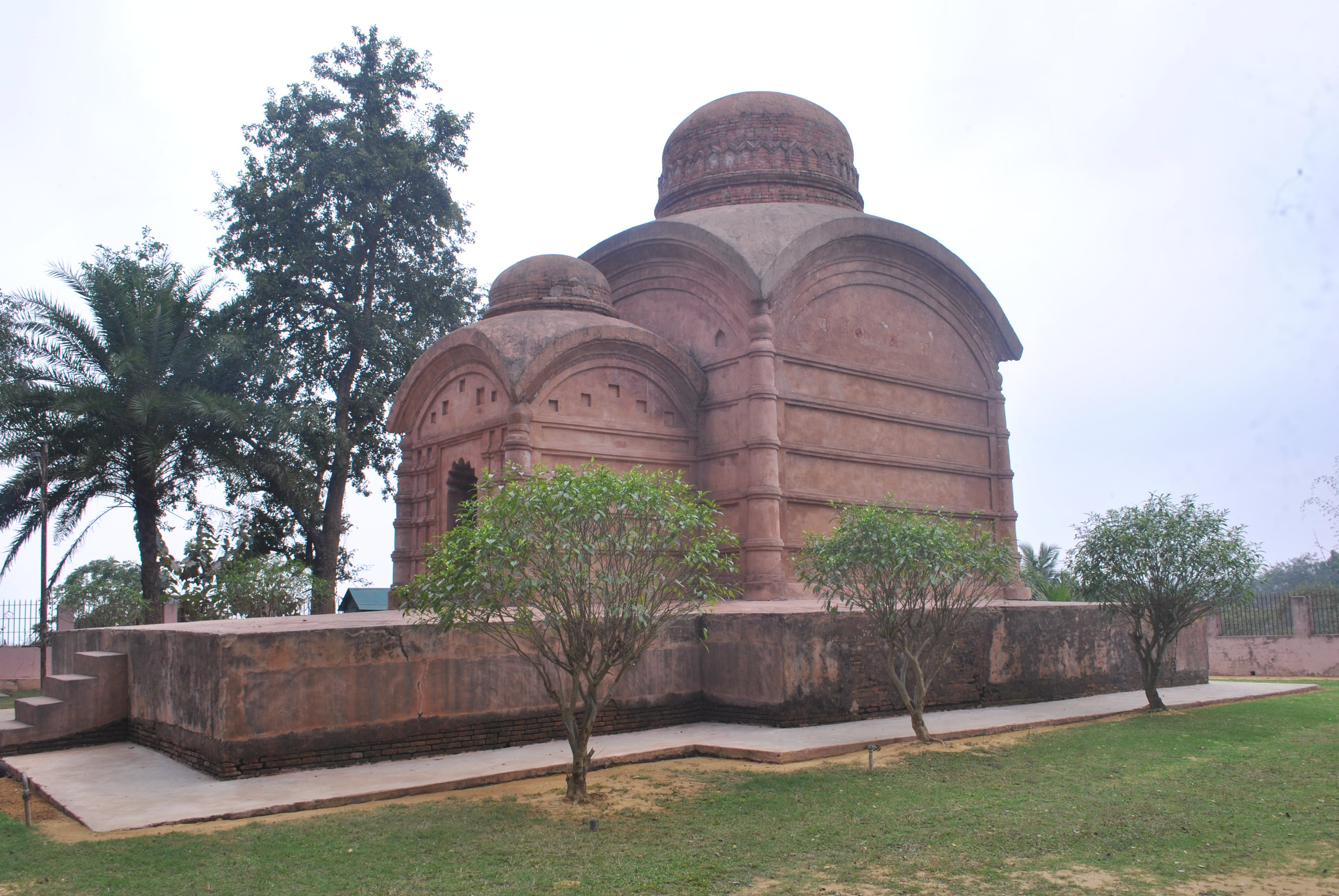




Neermahal, situated in the heart of Rudrasagar Lake in Melaghar, Tripura, is a testament to the region's rich cultural heritage and architectural ingenuity. The palace, built between 1930 and 1938 by Maharaja Bir Bikram Kishore Manikya Bahadur, served as a summer retreat for the royal family. Its construction was a remarkable blend of Hindu and Mughal architectural styles, designed by the British firm Martin and Burns.
The history of Neermahal is intrinsically linked to Maharaja Bir Bikram Kishore Manikya Bahadur, a visionary leader who transformed Tripura's socio-political landscape. His modernizing ambitions were evident not just in Neermahal's construction, but in his broader initiatives like planning Agartala, establishing Tripura's first airport, and creating one of India's earliest municipalities. The palace symbolized his commitment to blending cultural heritage with progressive development.
Rudrasagar Lake, originally a marshy, inhospitable terrain, was meticulously transformed by the Maharaja into a scenic environment. The construction of Neermahal was more than architectural achievement; it was a deliberate effort to create a cultural landmark that would aesthetically and symbolically elevate the region. Every detail of the palace's design reflected careful planning and an intricate vision of harmonizing built environment with natural surroundings.
The palace's architectural brilliance is a testament to sophisticated design principles. Constructed from marble and sandstone, Neermahal features intricate carvings, elegant balconies, imposing towers, and connecting bridges. The dome-shaped minars provide a fortress-like appearance, while the delicate jaali work demonstrates strong Mughal architectural influences. Remarkably, the design incorporated practical innovations like an advanced underground water collection and filtration system.
Culturally, Neermahal was more than a royal residence. It was a vibrant space for gatherings, performances, and cultural celebrations. Renowned poet Rabindranath Tagore, a close friend of the Maharaja, was known to have been a guest, further enriching the palace's cultural significance. The annual Neermahal Water Festival, featuring boat races and swimming competitions, continues to celebrate this rich heritage and attracts visitors from across the region.
The socio-political context of Neermahal's construction is deeply fascinating. Maharaja Bir Bikram's reign from 1923 to 1947 was a period of significant transformation for Tripura. The palace represented a nuanced approach to modernization, seamlessly blending traditional architectural styles with contemporary design sensibilities. Its creation reflected the complex cultural negotiations happening during India's late colonial period.
Today, Neermahal stands as a magnificent reminder of Tripura's royal legacy. Carefully preserved and periodically restored, the palace continues to captivate visitors with its architectural grandeur and historical significance. It remains not just a tourist destination, but a living monument that tells the story of a visionary maharaja and a region's cultural evolution.
The palace's enduring appeal lies in its ability to transport visitors to a bygone era while remaining dynamically relevant. Each stone, each architectural detail of Neermahal speaks to a rich narrative of cultural synthesis, royal ambition, and architectural innovation that continues to inspire and intrigue those who encounter this remarkable water palace.
₹200 to ₹500 per person
₹200 to ₹500 per person
Enhance your journey with these nearby attractions that offer similar cultural experiences

Melaghar, Tripura
Majestic Water Palace Blending Royal Grandeur and Architectural Splendor

Belonia, Tripura
Northeastern sanctuary preserving rare wildlife amid lush forest landscapes

Udaipur, Tripura
Ancient Bhubaneswari Temple: Spiritual Landmark of Udaipur, Tripura

Sepahijala, Tripura
Biodiversity sanctuary protecting clouded leopards in Tripura, India